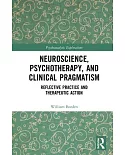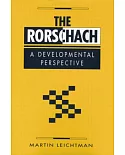Even the most significant technological and medical advances of the 21st century have been tempered by the increasing risk posed to children in the form of such stressors as poverty,
victimization, and family dysfunction. To overcome such challenging societal pressures, children must become skilled in navigating through these turbulent times. With the proper support from
parents, extended families, and communities, children are much more likely to experience positive development rather than dysfunction in their adult lives. To help children overcome the
everyday obstacles they face - that is, to beat the odds - the Handbook of Resilience in Children gathers into one volume the current scientific theory, clinical guidelines, and real-world
interventions to address such issues as: The role of resilience in overcoming trauma, adversity, and abuse.The relationship between resilience and other protective factors. Resilience
differences between boys and girls. Measuring and evaluating resilience in clinical practice.Using resilience in interventions with children and families.Examples of school and community
resilience-building programs. The Handbook addresses ways in which the hypothetical and theoretical concepts of resilience can be applied in practice. It provides clinicians, academics,
and mental health professionals with the information needed to affect positive youth development.





















